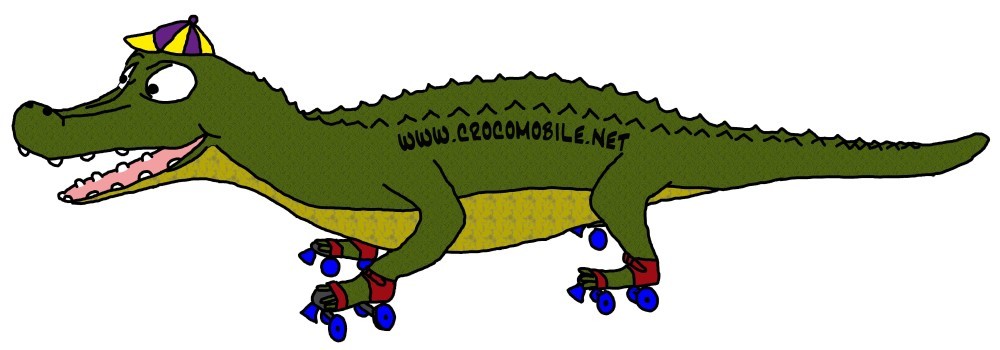On the 25 of October in 2014, we bought our car – more precisely said: our Landrover Defender130 HCPU in St. Michael, Burgenland, Austria. And with the car, we directly got an underrun protection, snorkel, tree sliders and a differential protection.
Already the trip of getting the car was an unforgettable experience by itself. The day when we set off, there were no trains crossing the Arlberg’s pass because of intensive snow falls. We had to take a replacement bus and 20 minutes later we were in deep winter with 50 cm of fresh snow. Therefore, we arrived with some delay in the darhness and did not see much of the beautiful Burgenland. The next morning, we got our Land Rover at the garage « Strauss » and drove back to Switzerland through a ferrytale like landscape. Customs were without any problem, we received the forms at the border and within a week we had to go to inland customs where we had to pay the goods and service taxes and road taxes. Also is it the registration of the car in Fribourg at the road traffic licensing department was without any problem.
When we received our car. it was a totally normal Land Rover Defender – but the transformation into a crocmobile was especially for Markus (who is a qualified mechanic) a long and sweaty way. Due to our camping experiences with a Toyota Hilux in South Africa we knew what a good crocomobile should have.
First thing we organised was a used rooftop tent for four people as a sleeping place in a secure distance of snakes and crocodiles. Unfortunately, this was located in Brandenburg in Eastern Germany and we got it on 22 December after a long day trip from Daniela’s parents driving through storm and rain.
The factory where Markus was working served as a workshop. He built the canopy completely by himself made out of aluminium. To start, he built the supporting frame made out of square type tubes. The first trying on the car made him a bit nervous but it fitted well immediately.
 |
 |
As the next step he cut corrugated sheet metal in order to stick and rivet it later on to the tube frame. The remaining open edges were also welded to seal them that no water could come in. On the pictures you can already can see then door openings of the canopy. It was once more tried on the car.
 |
 |
The door frames for the sealings and the doors were fitted and finally the whole canopy was sealed, put on the car and screwed to it.
On the inside, the canopy was equipped with pull-out drawers for storage boxes. Also this construction was made out of aluminium square type tubes and corrugated sheet metal. Welded L-shaped frames with riveted metal sheets served for the drawers. The pull-out rails consist of standard aluminium C guide rails with ballbearings to make them roll. Two water tanks, a suspension for table and chairs at the ceiling completed the mechanical inside equipment. By loosening six screws, the drawer block can quickly be removed from the car to facilitate the cleaning.
Furthermore the car received a new bumper with a pivoting suspension for the spare wheel and an underride protection which could be taken off.
  |
We bought material which should have helped us us in case of flat tyres or getting stuck in the outback (which we did not hope): a high-lift jack, a winch, sand plates and a diagnostic tool for eventual technical problems with the car In the wilderness.
In order to have electrical energy independently of driving and power supply plugs, we build in a second battery (Enersys MFP 77) which can be charged by a 100 W solar panel beside the IBS-double battery system. Solar energy should not be a problem in sunspoiled Australia. For electricity, there are enough 12VDC and 230VAC-sockets and illumination with LEDs. The compressor for tire pumping can be plugged into your Harting-socket directly at the driver’s seat.
For rainy days we received an attachable tent from Daniela’s parents which was big enough to sit in it and cook inside. We also bought a cooler box.
In May, everything was ready so that we could go for a test camping and eastern Switzerland. Luckily most things functioned well, there were some technical details to be impoved before our departure.
  |
In the beginning of July, we could pack the car and make it ready for shipment. We also did not forget to label our crocomobile as such. We designed huge stickers with crocodiles which you can now admire on both sides of the car.
 |
On July 14, the car went onto the big trip: from Basel, it was brought by truck to Hamburg, then loaded into a container and transferred to a big container ship “APL Merlion”.
In order to avoid problems with Australian customs we ordered a “carnet de passage” from the TCS (Auto mobile club of Switzerland). This was stamped by Swiss customs at departure and we could take it ourselves onto the plane. We could follow the route of the ship each day on the internet. When everything went okay the ar was supposed to arrive on the 11 th of September (already one week after the initially promised date, the 4th of September) in Brisbane.


Wünsche euch wunderschöne, unfallfreie Reise und freue mich auf Reisebericht/-fotos
Hi. Wir sind der Hilux neben euch auf dem Parkplatz des Müritzeum. Lieben Gruß und gute Fahrt.